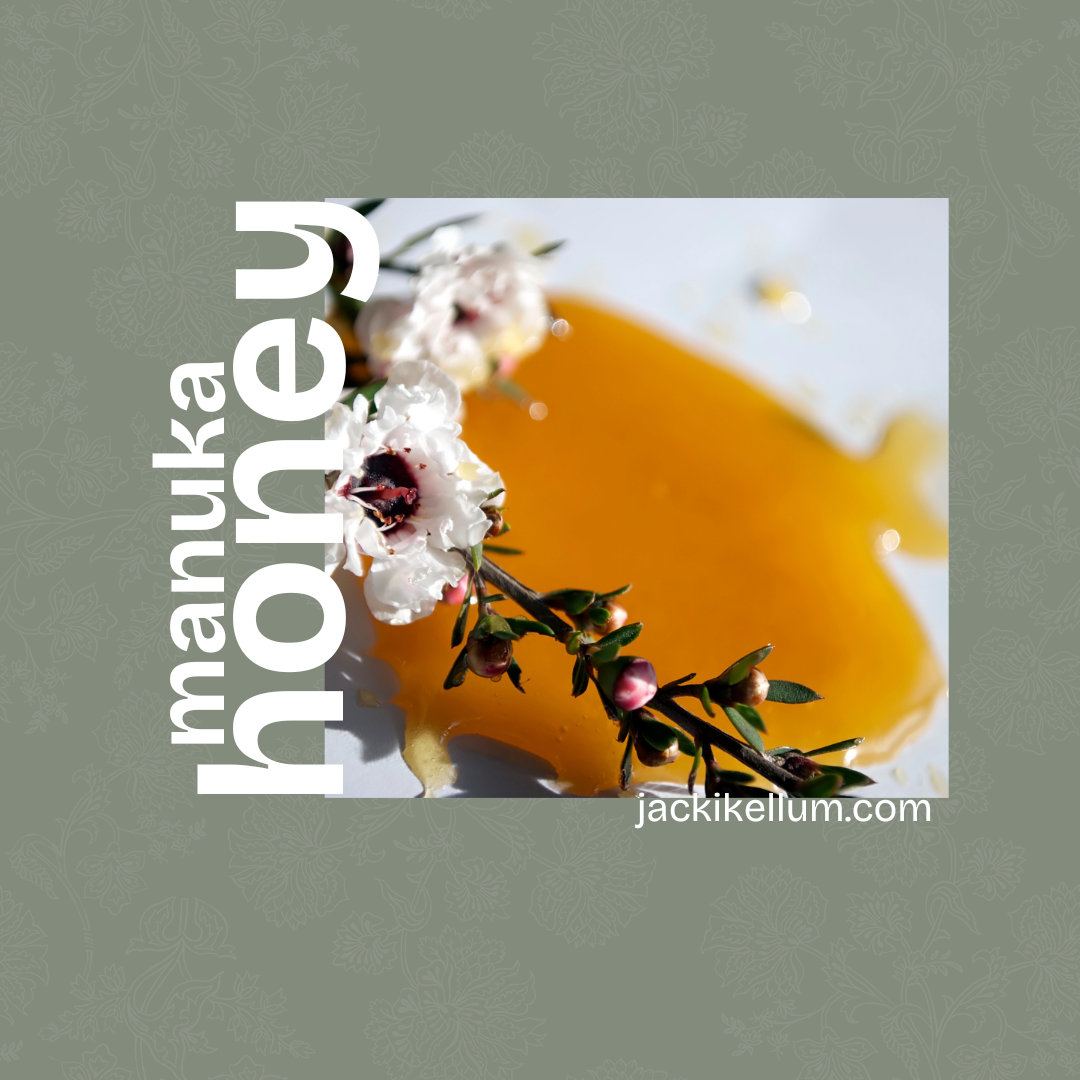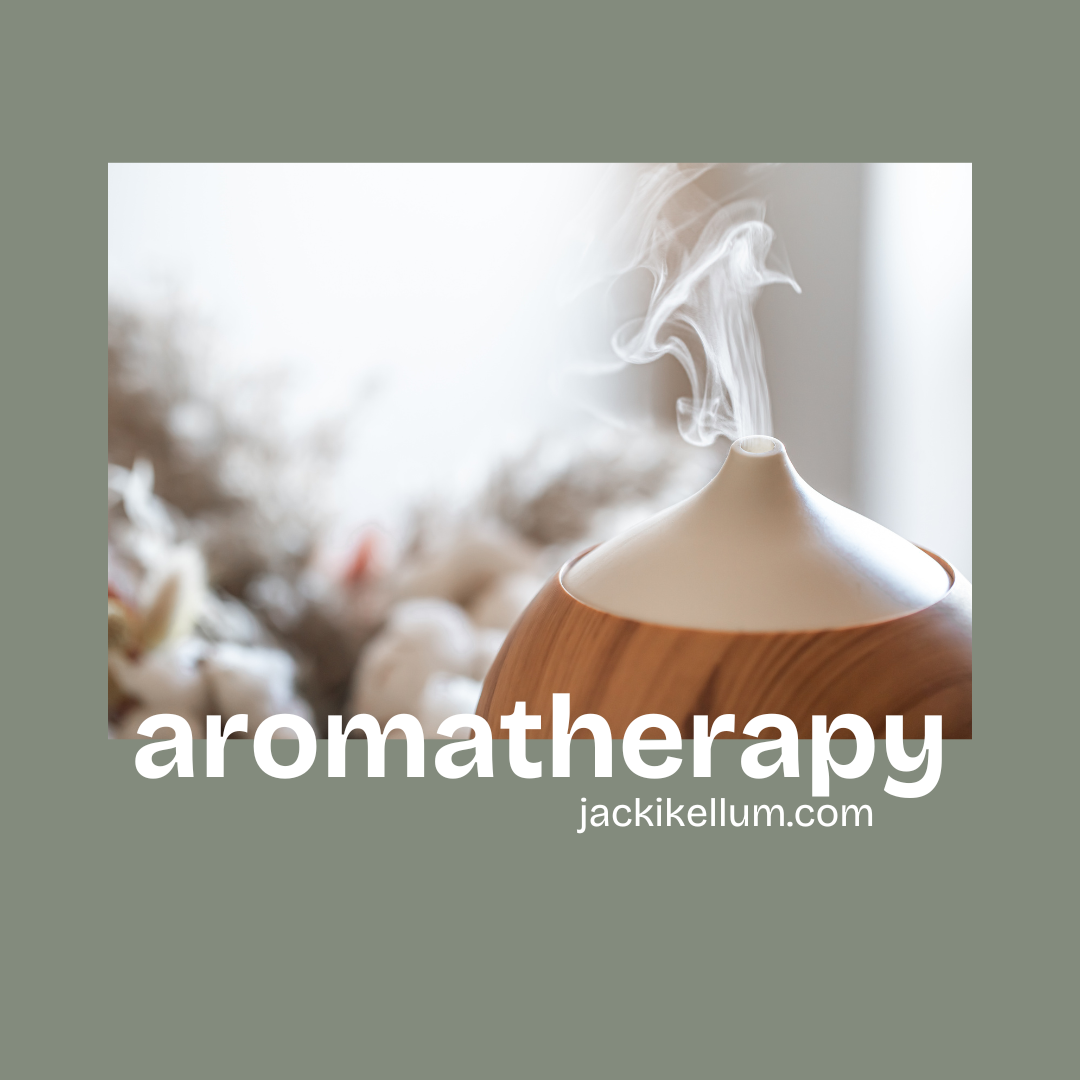
Several years ago, I badly injured my leg when I trotted into a nale that was protruding from a board. The wound was deep — the nail dug all the way down to my bone. I went to the emergency room, and a wound specialist was called in to treat me. He prescribed several different types of manuka honey products. They worked. That was the first time I had heard of Manuka Honey.
Now, as I edge toward the age of 75, I have found it necessary to deal with several conditions that are a result of my failing immune system. I don’t know what caused my problems, but it might be linked to the fact that I nearly died in an automobile accident over a half century ago. I don’t know what caused my failing immune system, but my chronic gastro and skin problems have become accute, and at times, my arthritis is almost crippling. Again, that might be because my legs and knees were badly injured in the car accident. But, you see, it doesn’t matter where and how all the issues began. The only important information is that I have aggressively begun using herbal treatments and essential oils.

I diffuse essential oils 24 hours every day, and I must admit that I am surprised at how very much that has helped me. Aromatherapy works because the healing agent passes through the nose and ultimately into the bloodstream.

Soon after I realized that the aromatherapy was working, I began creating several types of essential oil mixtures and salves that I discovered work in a different way–the healing agents enter my body through my skin.
Manuka Honey is not the same thing as regular honey. Manuka Honey comes from New Zealand, and Bees there Make it from the blossoms of the Manuka Tree, which is New Zealand’s Tea Tree.
Tea Tree Essential Oil – Health Benefits and Blends for Your Diffuser
For years, I have harnessed the healing benefits of Tea Tree Oil, which comes from Australia.
I bathe in it.
I diffuse it.
I mix it with carrier oils and rub it on my skin.
Manuka Honey combines the healing benefits of honey with the benefits of Tea Tree Oil. Now, I have begun making a Manuka Honey Skin Balm of Salve:
4 Ways a Manuka Honey Skin Balm Can Help
“Manuka honey, a true gem from nature, possesses unique properties that make it an excellent choice for soothing and hydrating your skin.
“By creating your very own natural manuka honey skin balm, you can unlock all these benefits.
1. It’s a natural humectant
“Manuka honey draws moisture from the air into your skin, helping to keep it hydrated even in dry conditions.
2. It’s antioxidant rich
“Packed with antioxidants, manuka honey combats free radicals that can cause skin damage. Hello healthy complexion!
3. It’s anti-inflammatory
“It has anti-inflammatory properties that can soothe irritated skin and reduce redness. It’s so powerful in fact, that we explore how it can be used for sinus infections, canker sores, and even fungal infections.
4. It’s antibacterial
“Manuka honey’s natural antibacterial qualities help prevent infection in dry or cracked skin. By sealing the area with its humectant properties, manuka honey keeps it clean, hydrated, and safe for healing.
DIY Manuka Honey Skin Balm Recipe
“Always start with clean and dry skin.
“Then gently cleanse your face using a mild cleanser followed by patting it dry with a soft towel.
“This ensures your skin is prepared to absorb all the good stuff in the manuka honey skin balm.
Basic ingredients
-
2 tablespoons New Zealand Honey Co. manuka honey
-
2 tablespoons coconut oil
-
1 tablespoon shea butter
-
1 teaspoon beeswax pellets
-
5 drops of essential oil (see suggestions below)
Optional extra ingredients
Why not mix it up?
“Try some of these extra ingredients each time you make your manuka honey skin balm for a benefits boost and beautiful aroma!
Ylang ylang essential oil
Adds a sensual floral fragrance and can help balance skin’s sebum (oil) production.
Rosemary essential oil
“Provides a fresh, herbal scent and may improve circulation and skin texture.
Peppermint essential oil
“Offers a refreshing, invigorating aroma and can help soothe itching and inflammation.
Lavender essential oil
“For that smell we associate with a good night’s sleep, lavender is associated with improved circulation and a youthful complexion.
Instructions
-
Melt the coconut oil, shea butter, and beeswax pellets over low heat.
-
Once melted, remove from heat and let it cool without solidifying.
-
Stir in the manuka honey until well combined.
-
Add any extra custom ingredients.
-
Pour the mixture into a clean, airtight container and let it cool and solidify.
“Enjoy your nourishing manuka honey skin balm!
2 Key Considerations for Your Manuka Honey Skin Balm
“It’s important when creating your own natural skincare to bear two key things in mind.
1. The comedogenic scale
“Be cautious with ingredients that rank high on the comedogenic scale. This scale shows how likely something is to clog your pores, which can lead to break outs. Different people might experience ingredients differently, so try a few things out when making your skin balm, and stop using if it causes irritation.
2. Citrus essential oils
“While essential oils like lavender can provide a pleasant aroma and added benefits, avoid citrus oils in your balm. They can make your skin more sensitive to UV rays and potentially cause irritation in cold, dry conditions.” New Zealand Honey Company
Discover more from Jacki Kellum
Subscribe to get the latest posts sent to your email.